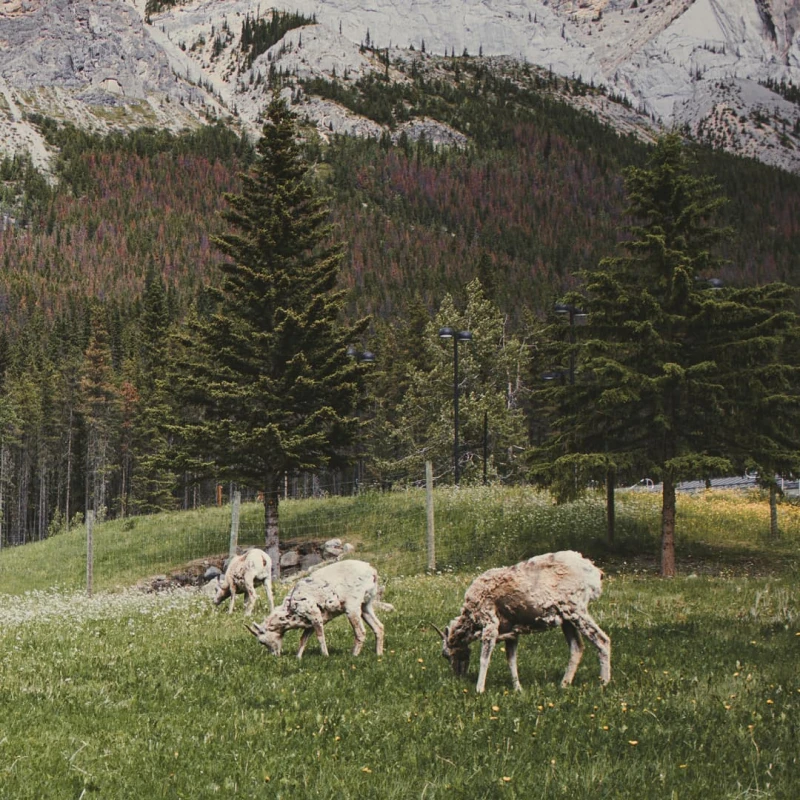How Climate Change Fuels the Spread of Invasive Species
Invasive species weaken ecosystem resilience, reduce carbon storage, and disrupt natural landscapes, making it harder for habitats to recover from climate-related disturbances. Warmer temperatures, extreme weather events, and expanded shipping routes are accelerating their spread, while milder winters allow invaders to persist in regions where they were once controlled by cold temperatures.
These changes threaten Canada’s forests, waterways, agriculture, and biodiversity, impacting both environmental and economic stability.
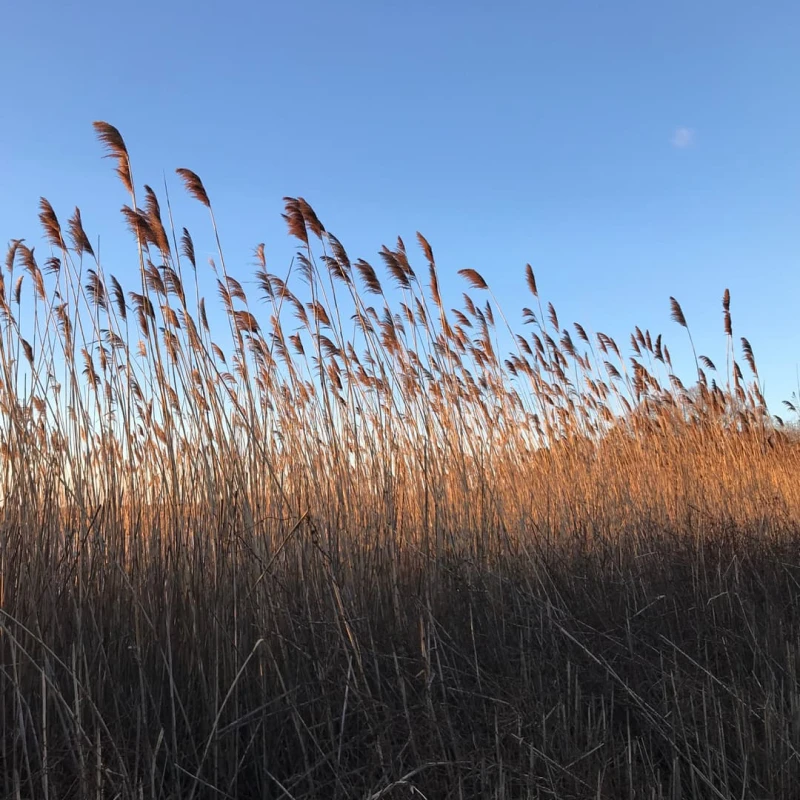
© Mimzee via iNaturalist.org, used under CC BY 4.0.
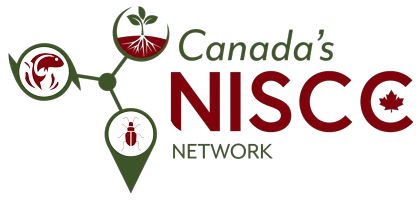
Addressing the Dual Threat of Climate Change and Invasive Species
The NISCC Network, hosted by Invasives Canada, brings together experts, researchers, and policymakers to develop strategies that integrate climate adaptation with invasive species management. By aligning efforts, raising awareness, and sharing best practices, the network helps ensure a coordinated national response to these interconnected challenges.
Invasive Species & Wildfires
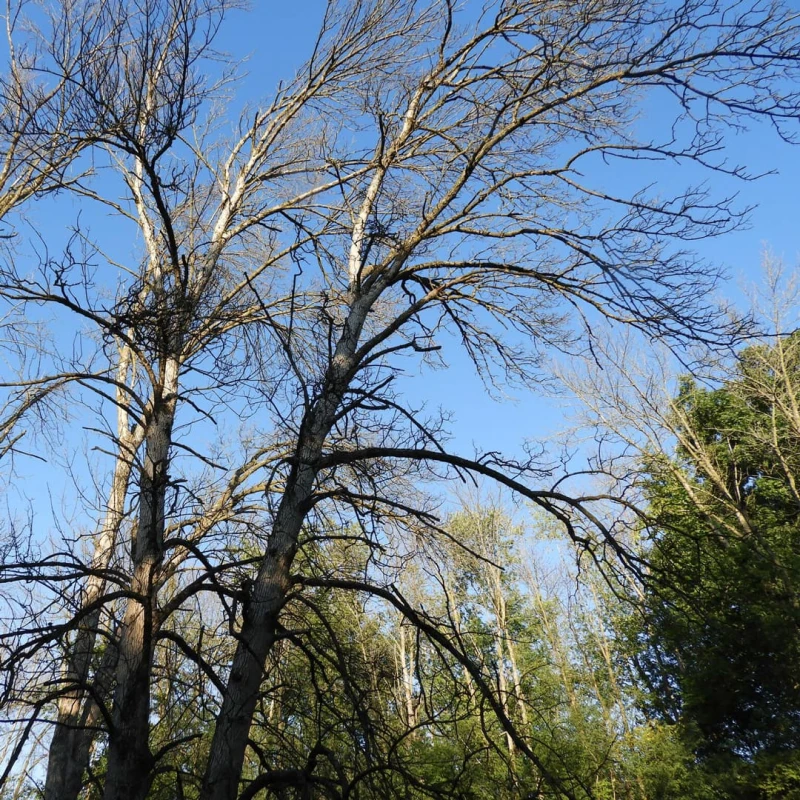
© Raymie via iNaturalist.org, used under CC BY 4.0.
Fueling Wildfires
Invasive plants add fuel to wildfires, causing them to spread faster and burn more intensely. Additionally, invasive pests such as emerald ash borer, hemlock woolly adelgid, Dutch elm disease, and mountain pine beetle kill vast numbers of trees, leaving behind dry, combustible wood that increases wildfire risk.
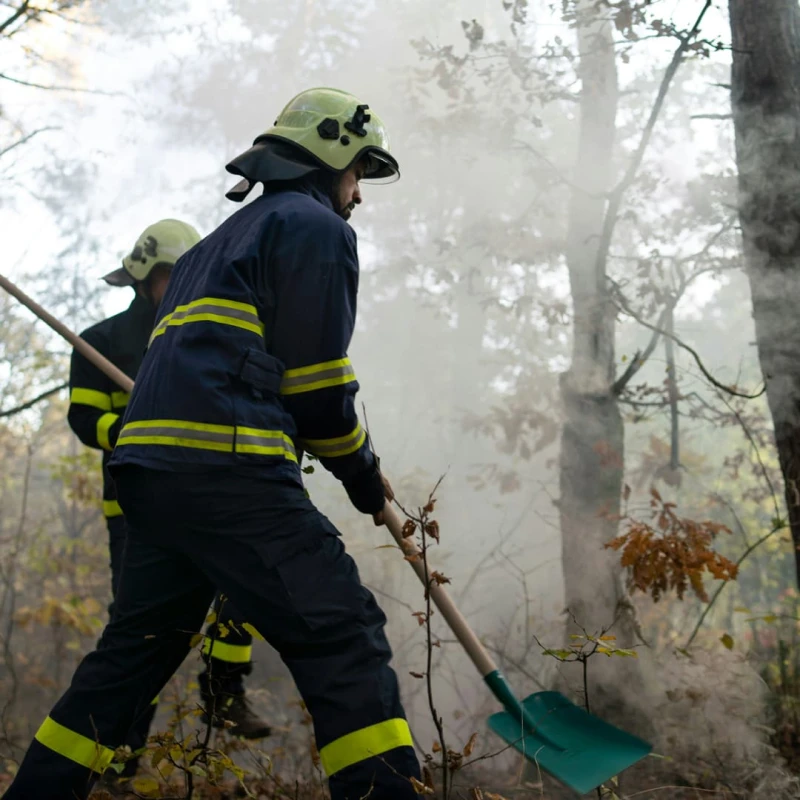
Spreading After Fires
Wildfires create disturbed landscapes that invasive species quickly colonize, outcompeting native plants and altering ecosystem recovery. Human activities, such as fire suppression efforts and equipment movement, can further spread invasive species into newly burned areas.
What Needs to Be Done?
Addressing the combined threats of invasive species and climate change requires an integrated approach. Three key principles should guide management strategies:
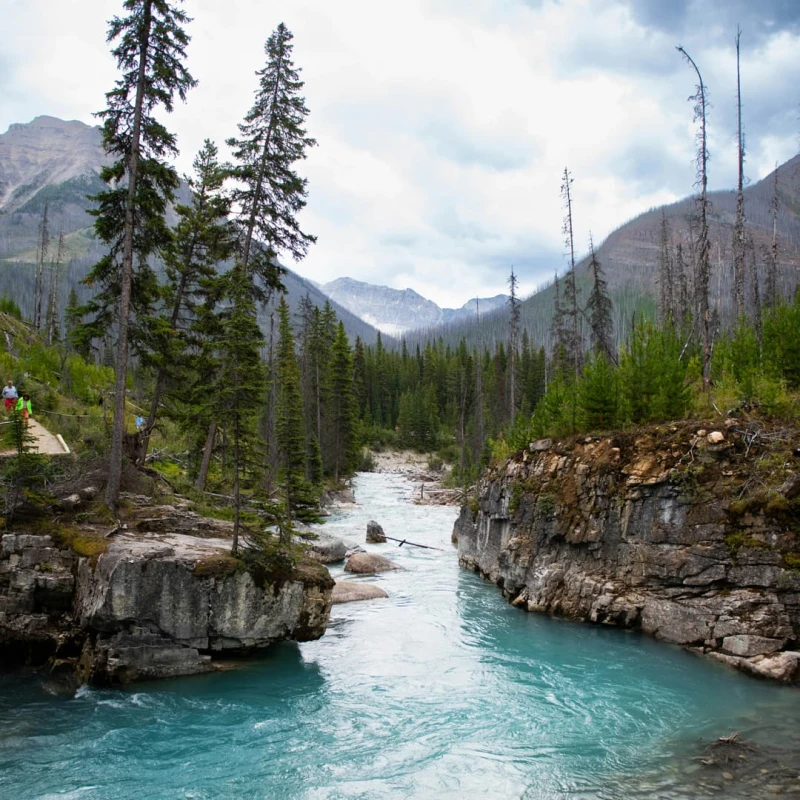
Looking Ahead
Understanding the link between climate change, invasive species, and wildfire behavior is critical for managing risks. Strategies such as prescribed and cultural burns, targeted grazing, biocontrol, and post-fire restoration are being used to mitigate invasive species impacts and restore ecosystems after wildfires.
